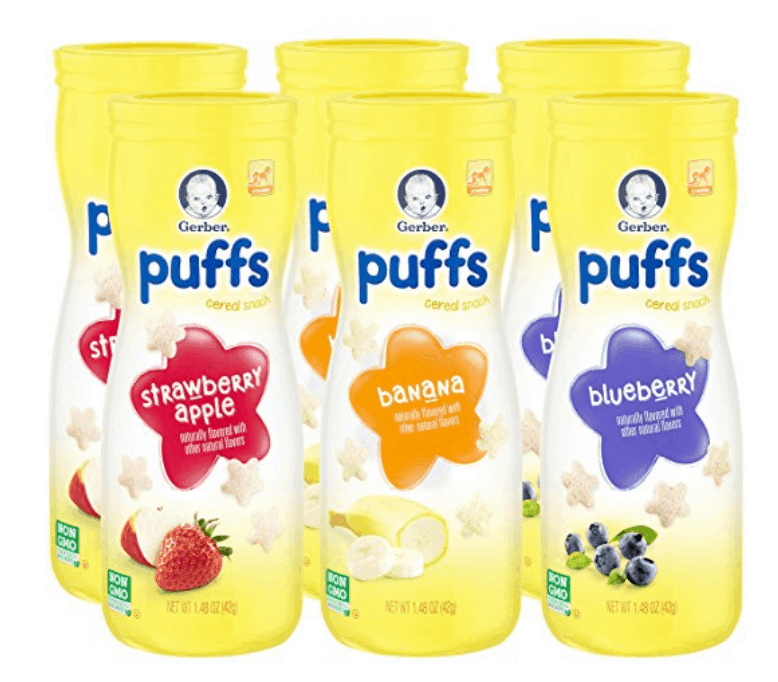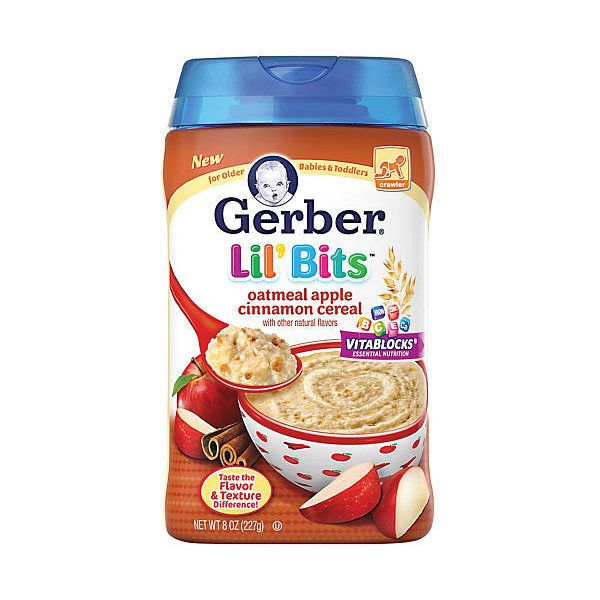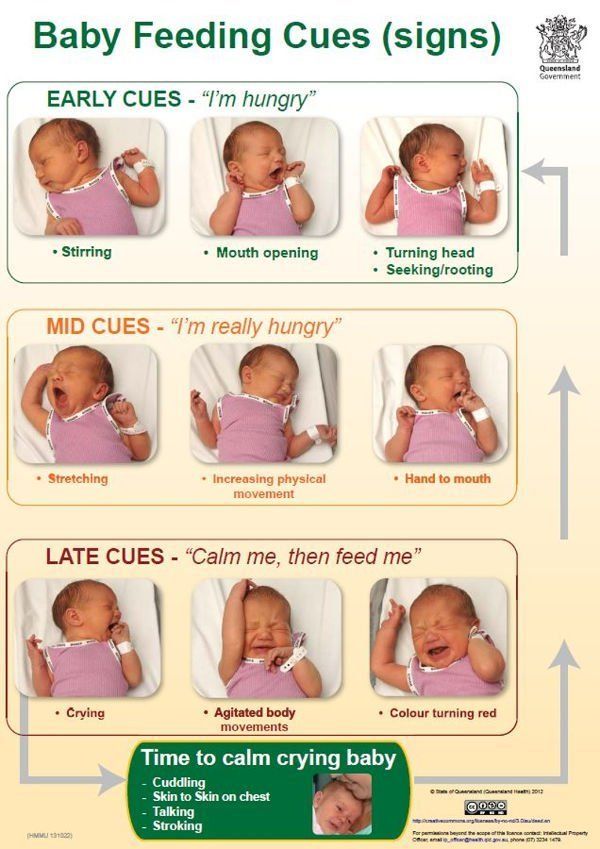Vitamix baby food recipe
Transforming Meals into Baby Food Purées
- sustainable,
- nutrition,
- leftovers,
- healthy,
- food-storage,
- filtration-bag,
- family,
- budget,
- baby,
- asparagus
BY: VITAMIX
You can't put a price on the satisfaction derived from feeding and nurturing your little one with fresh, unprocessed food. Of course, making your own baby food is less expensive than buying commercial baby food, but doubly so when you set aside a portion of a family meal for the purées. Vitamix machines process hard-to-blend-textures, such as celery, chicken and asparagus, with ease. Here are some ideas for transforming meals into fresh baby food purées.
Advantages
Commercial baby food's convenience comes at a cost: it contains additives and undergoes extensive heating, which decreases nutrients, in order to increase shelf life.
Baby food made from meals you make at home has more nutritional value than commercial products and no additives – you control the ingredients and can increase its shelf life indefinitely by freezing it.
Preparation Tips
- Steam fruits and vegetables before blending them to make them more digestible.
- Purée and freeze in-season vegetables so you don't have to rely on out-of-season options from the supermarket for a certain flavor your baby likes.
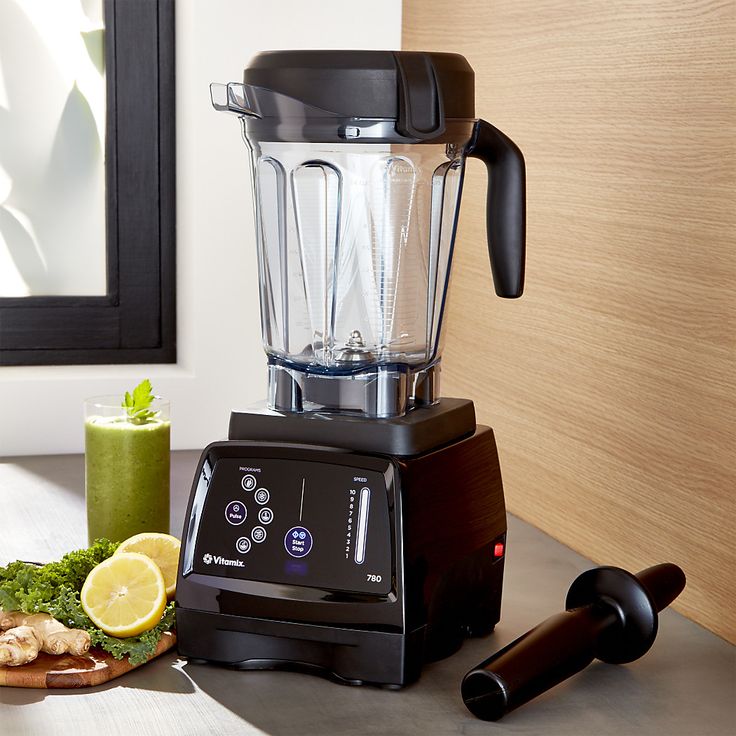 For example, if your baby devours puréed squash and yams, purée and freeze them in fall and serve them in spring.
For example, if your baby devours puréed squash and yams, purée and freeze them in fall and serve them in spring. - A few drops of lemon juice in each batch of fruit or vegetable purée prevents browning.
- Adjust the consistency of the purées as needed with purified water.
- To smooth out fibrous or grainy purées, pass them through a mesh strainer lined with cheesecloth or filtration bag.
Food and Flavor Combinations
Babies have simple, undeveloped palates and don't respond well to salty, spicy additions – nor can they appreciate them. But keeping it simple doesn't mean you should settle for boring. Mix and match unseasoned whole foods to entice and develop your little one's burgeoning palate.
Make a homemade vegetable-chicken blend by processing diced chicken, and steamed carrots and kale. Combine carrots, potatoes, tomatoes, celery, beef and parsnips for a nutrient-packed baby beef stew.
To add a little fiber and whole grains to your baby's diet, go with brown rice.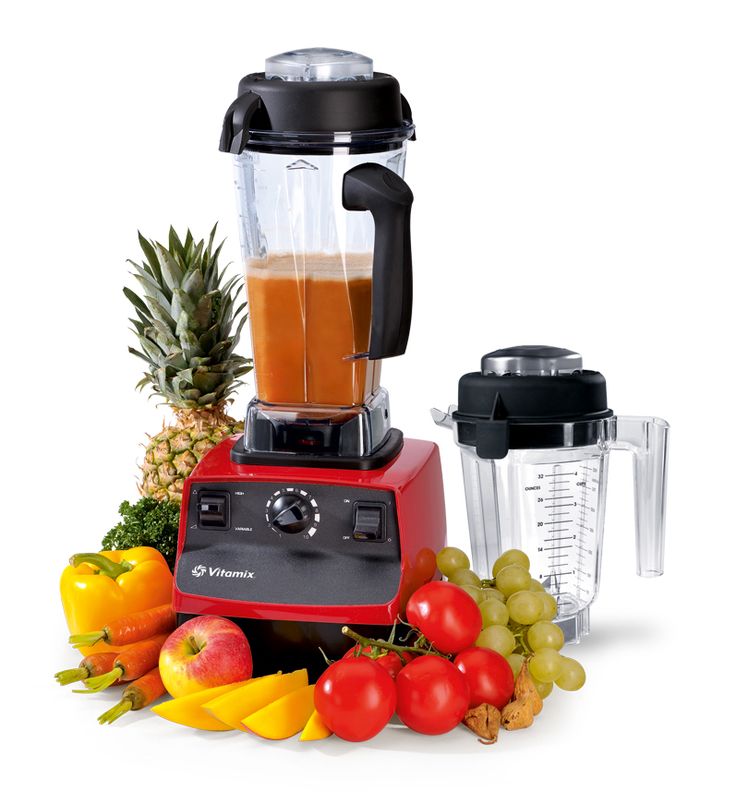 A blend of steamed tomatoes and brown rice makes a savory combination that fills your baby's belly without overworking it.
A blend of steamed tomatoes and brown rice makes a savory combination that fills your baby's belly without overworking it.
Everyone loves a good smoothie, so why not your little one? Recreate a classic red smoothie by blending 1 part each of apples and bananas with 2 parts each of yogurt, strawberries and raspberries. For a banana-mango version, combine 2 parts each of yogurt, banana and mango with 1 part each of apples and apricots.
Storing Homemade Baby Food
For easy storage, portion puréed leftovers into ice cube trays and freeze. Then pack the individual portions into heavy-duty freezer bags. For refrigerator storage, portion the purées into baby-food containers and keep them up to three days.
Related Articles
A Quick Guide to the Perfect Blend
Follow these quick tips for the perfect blend.
Quick and Easy Blender Recipes for Every Meal of the Day
These quick and easy blender recipes will help you prepare healthy meals from breakfast through dinner and in-between snacks.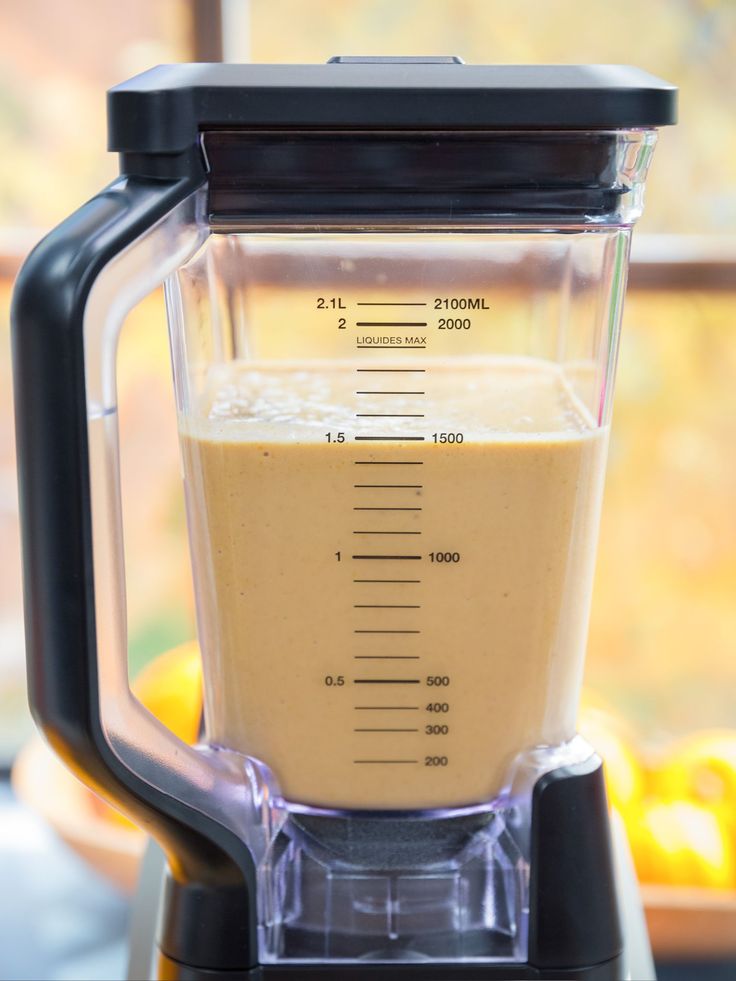
Baby Food Recipes
Discover just how easy it is to make fresh, homemade baby food.
Some advice from a new mom
Last Updated June 19, 2020
Update May 7th, 2019: New video tutorials and demonstrations!
First one, a 90-second tutorial on making Vitamix baby food!
Second one, a long-form tutorial about mistakes we made while making Vitamix baby food:
Update April 10, 2018: We now have a baby of our own that’s the perfect age to feed baby food purees. Fun!
Here’s a clip of us on the local news talking about making baby food purees.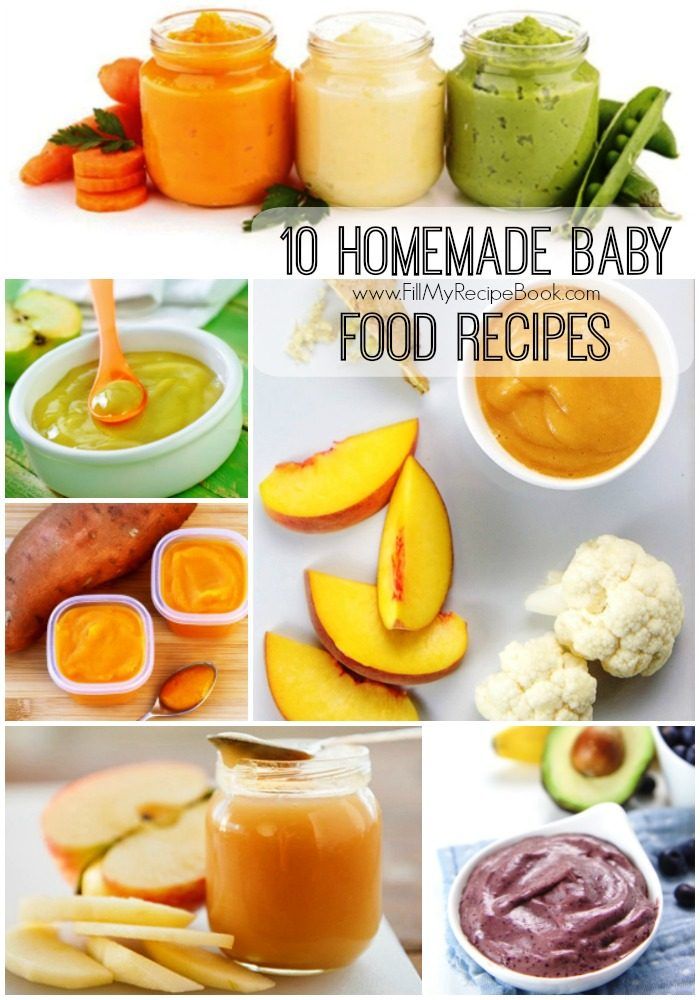
Video: Baby Food Blending on Local News
Original article from 2016
When the fiancée first pitched an article about baby food purees in a Vitamix, I just about puked. (I also considered inconsolably crying, flailing my limbs, and drooling).
But we were headed to Minnesota for a family weekend and my sister, Alana, was going to be there with her 7-month old son, Norman. Fine.
So I sat down with Alana and asked her some questions.
To my surprise, making baby food purees in a Vitamix (or any blender, for that matter) is actually a pretty awesome thing to do.
Here are a few highlights from the conversation. Afterwards, you’ll find three Vitamix recipes for baby food purees (good for adults, too, that need or prefer to eat their food with a spoon.)
Enter Alana: New mom and maker of her own baby food purees
Alana Matthew, 30, worked in sales at DirecTV for seven years.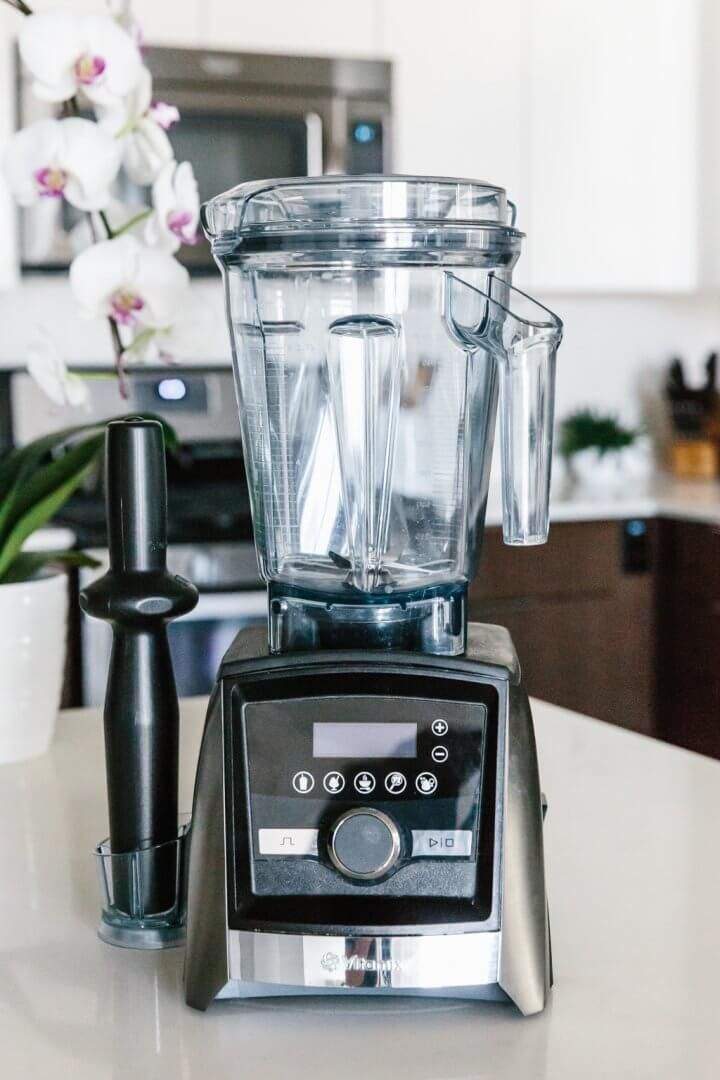 Now, she is a professional mom. Her parenting style is somewhere between thoroughly by-the-book and progressively perfectionist. Her son is Norman and was playing with (trying to “eat”) some plastic toy during our interview. Despite being my nephew, he is objectively a ridiculously cute baby.
Now, she is a professional mom. Her parenting style is somewhere between thoroughly by-the-book and progressively perfectionist. Her son is Norman and was playing with (trying to “eat”) some plastic toy during our interview. Despite being my nephew, he is objectively a ridiculously cute baby.
LINY: You are my sister. We got you a Vitamix for your wedding. Besides supporting Life is NOYOKE and being a kind sister, why do you use a Vitamix to make baby food purees for your baby?
Alana: I didn’t know anything about baby food. So when I first picked up a package of baby food, I was surprised it had other things in it besides peas. There’s like lemon, something acid, or, you know, you can read the package… The things are not bad for you. But it’s not peas.
LINY: Preservatives and…
Alana: Yeah. It sits on the shelf. So what is in it? So, if I can give him just peas, then I would prefer to do so.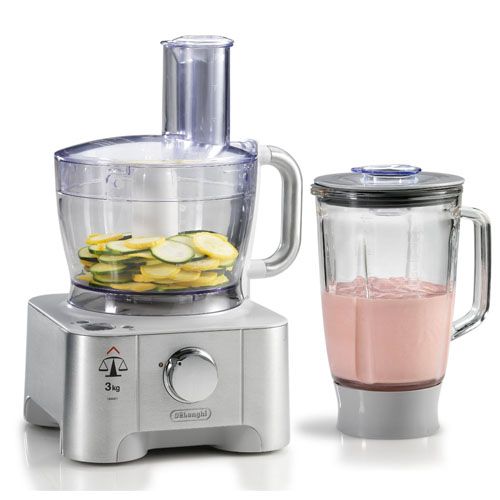
LINY: Good. It’s like I coached you to say that!
Alana: Yup. I also like it because you can introduce one food at a time. Then, you give it to him for three days to see if he’s allergic. And a lot of the foods that I had to store-buy yesterday (because we’re traveling) are a mix. So, like, mango and peach. But I would prefer to give him just peach. Here is a peach. Here’s what it tastes like and see if he’s allergic.
LINY: Less is more with smoothies, too.
Alana: And also there’s the convenience. The other night, we had so many leftover brussels sprouts. We weren’t going to eat them before they went bad. So I Vitamixed them and froze them for Norman. Instead of wasting them, I fed them to the disposal. *points to the baby*
LINY: So it sounds like it helps avoid waste. Is it actually convenient to use a Vitamix to make baby food?
Alana: Yes, but the cleanup is not.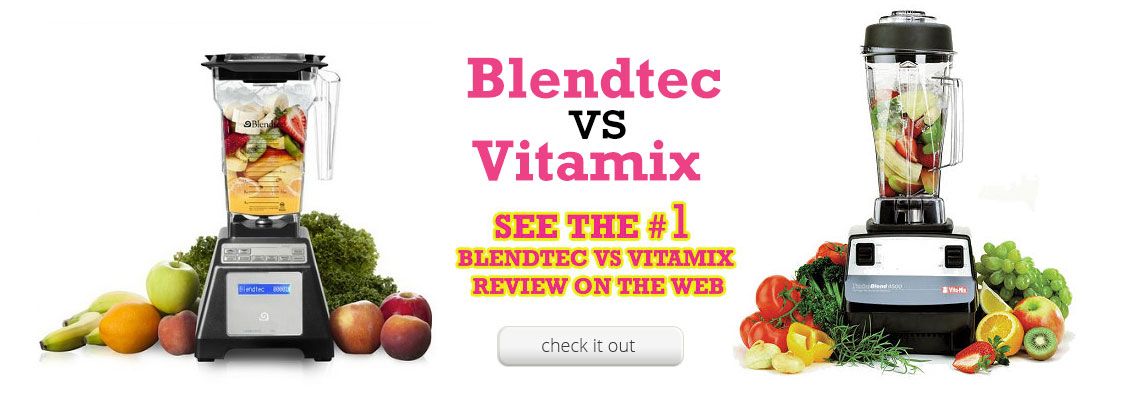 That’s not the Vitamix’s fault, though. That’s just serving homemade baby food in general.
That’s not the Vitamix’s fault, though. That’s just serving homemade baby food in general.
LINY: How does baby food (in your Vitamix) compare to store bought from a price perspective?
Alana: Crazy. A jar, which is a serving, is a little over a dollar. And what is a bag of peas or a bunch of asparagus or brussels or beans?
LINY: Do you get frozen peas? Can you get fresh peas? Is that a thing?
Alana: I get frozen. But, everything else is fresh. And a bag of fresh beans costs like three dollars. And that made three ice cube trays worth. Which is like 14 servings.
LINY: So one pack of peas is worth like 15 bucks of what you’d buy in pre-made baby food.
Alana: It’s probably a dollar per serving versus 20 cents.
LINY: But do you think about that? Price?
Alana: Of course! Coming here this weekend, this was my first time having to buy baby food.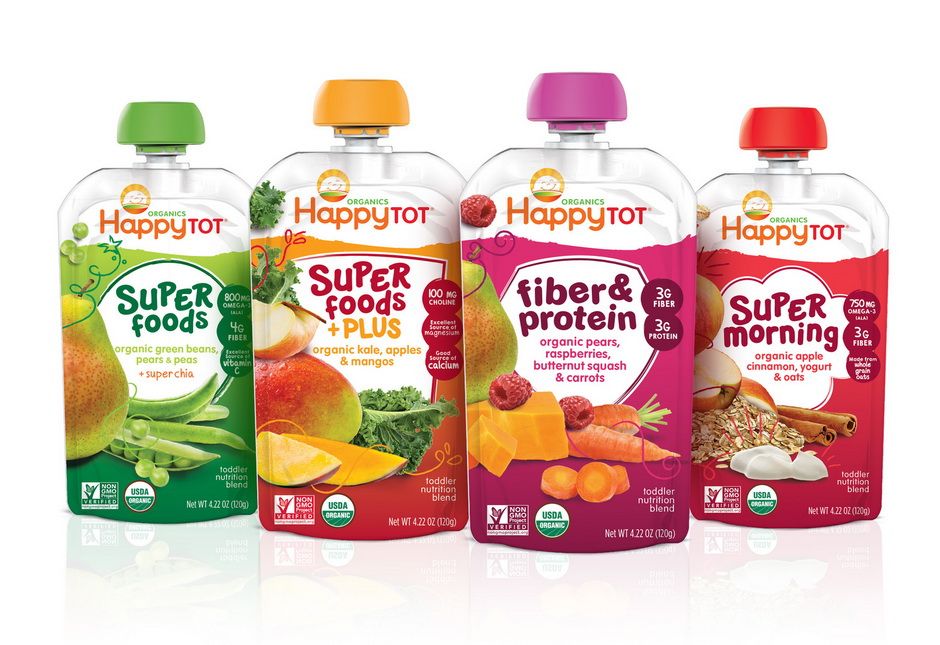 And I was like, this is a dollar, per!?
And I was like, this is a dollar, per!?
LINY: Certainly you don’t always use your Vitamix to make all his baby food, right?
Alana: Right. There’s easy stuff. He loves banana. Avocado.
LINY: What do you blend up?
Alana: I’ve blended carrots, sweet potatoes, butternut squash, beans, peas, brussels sprouts, asparagus, pears, and apples.
LINY: Not all together, right? Individually.
Alana: Yes. Individually.
LINY: When you do that, do figure out what the ratio should be? Do you add water?
Alana: I steam them. I steam everything before I blend except for the pears and the apples. We have a steamer. It catches the “sweat.” That has all the nutrients, so I put that back in the blend. The steam softens them, too. No water needed.
LINY: So you make the purees and put it into ice cube trays?
Alana: Yup.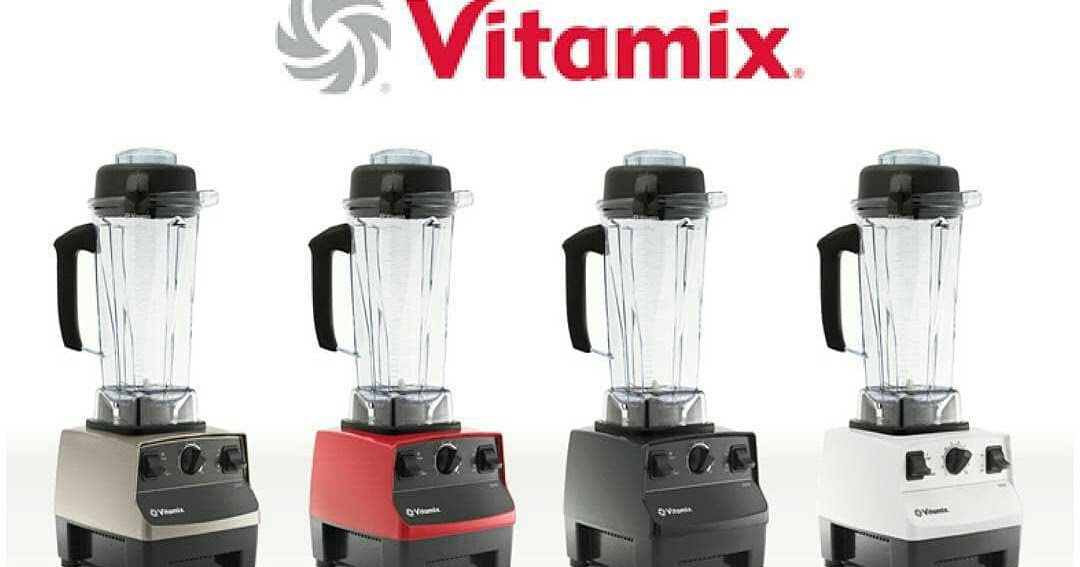 Then I freeze it overnight. In the morning, I pop them out and put them into big zip lock bags. My freezer bags have labels saying the date and what it is. The night before, I take out three meals and put them in the fridge. That way they’re defrosted for the next day.
Then I freeze it overnight. In the morning, I pop them out and put them into big zip lock bags. My freezer bags have labels saying the date and what it is. The night before, I take out three meals and put them in the fridge. That way they’re defrosted for the next day.
LINY: So at Life is NOYOKE, we are 100% dairy free. But we are 100% supportive of breast milk for babies (and dare-prone brothers-in-law who are married to your twin sister). Have you ever made your baby a smoothie with breast milk?
Alana: No. But some people do popsicles. Boobsicles. Great for when they’re teething.
LINY: Our brother-in-law James would eat that.
Alana: But a smoothie? No. But the directions to make baby food say you can add water, formula, or breast milk.
LINY: Okay, back to topic. How much baby food do you make at once?
Alana: It depends on whatever I buy. For example, asparagus, I just buy a bunch.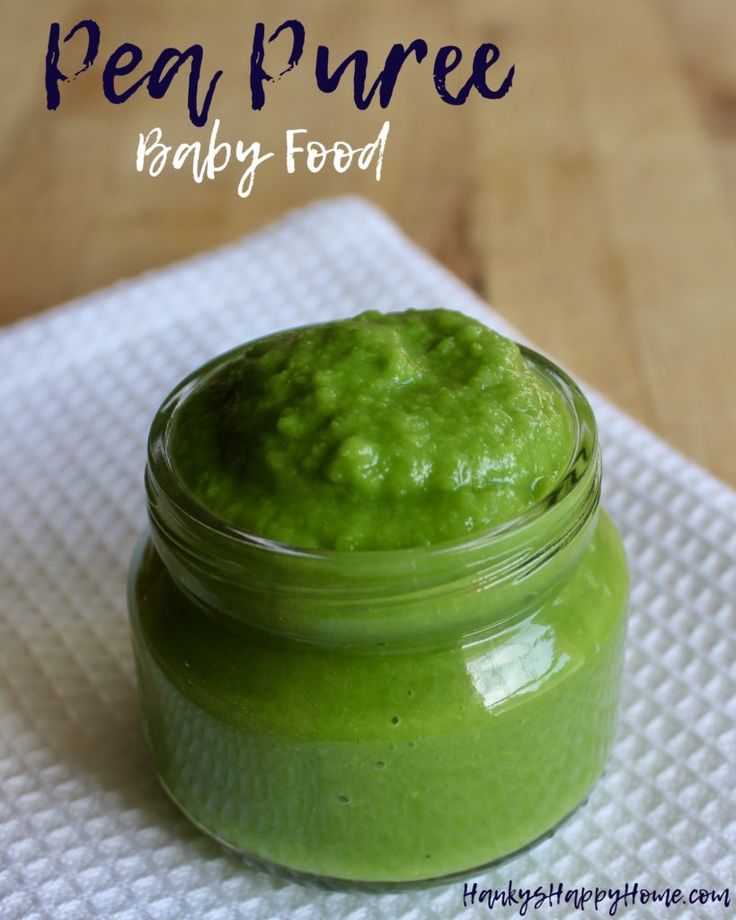
LINY: Do you have to use your Vitamix’s tamper, or no?
Alana: Yes, sometimes. I did yesterday with the brussels. Because it can get stuck on the sides.
LINY: What advice would you give to mothers about making their own baby food?
Alana: (Speaking to Normie) You think that’s funny? … I think that in the beginning, and I’m still kind of dealing with this, is that I have this overwhelming feeling that I want him to try every single vegetable. And I have to give it to him for three days. But if you’re making homemade baby food purees, the amount of vegetables in the world is endless. But if you’re buying pre-made, there’s three: Peas, carrots, sweet potatoes. So, I try to remind myself that I don’t have to introduce him to every single one. He’ll try them in time.
LINY: Let him make his own mistakes, eh?
Alana: And, he likes pears. So I always have frozen pears in a bag.
LINY: Any other advice?
Alana: It’s a lot of dishes. Because my doctor recommends, basically, two things every meal. So a cereal and a vegetable. Or a cereal and a fruit. Or a fruit and a veggie. And so it’s two dishes right there.
LINY: What do doctors know about nutrition?
Alana: Nothing.
LINY: Thank you. I’m going to link to that article I wrote about Doctors knowing nothing about nutrition. Okay, go on.
Alana: Sometimes I use a baby-sized, cheap mixer we were given. Like for a single peach. “You like peaches, don’t you cause they’re yummy!”
LINY: I get that. If you had an S-Series (in-depth review), you’d really be a one-stop-shop-baby-food-puree-maker-lady.
Alana: So why didn’t you get us that one?
LINY: Because the Pro 750 (in-depth review) is better.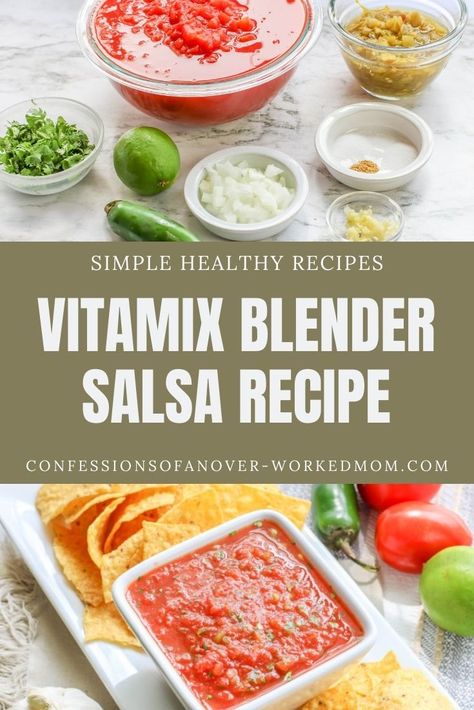
Alana: I think it’s time for a nap.
Other Noteworthy Versions
- My Life on a Plate: Baby Food | Butternut Squash Puree
- Do It On a Dime FAMILY: How to make baby food: BULK COOKING
- MOMables: How to make baby food at home
Recipe
- Yield: 15 servings, approximately
- You're needed for: 10 minutes
- Until it's done: 10 minutes
- Lenny Gale
Baby food purees in a blender
Ingredients:
- peas - one bag frozen
- asparagus - one bunch, fresh
- sweet potatoes - 3, peeled
- pears - 3, cored
- carrots - 3 large carrots
- apples - 3, cored
- beans - 3 cups
- corn - 3 cups
- squash - 3 cups
Instructions:
- Pick one ingredient.
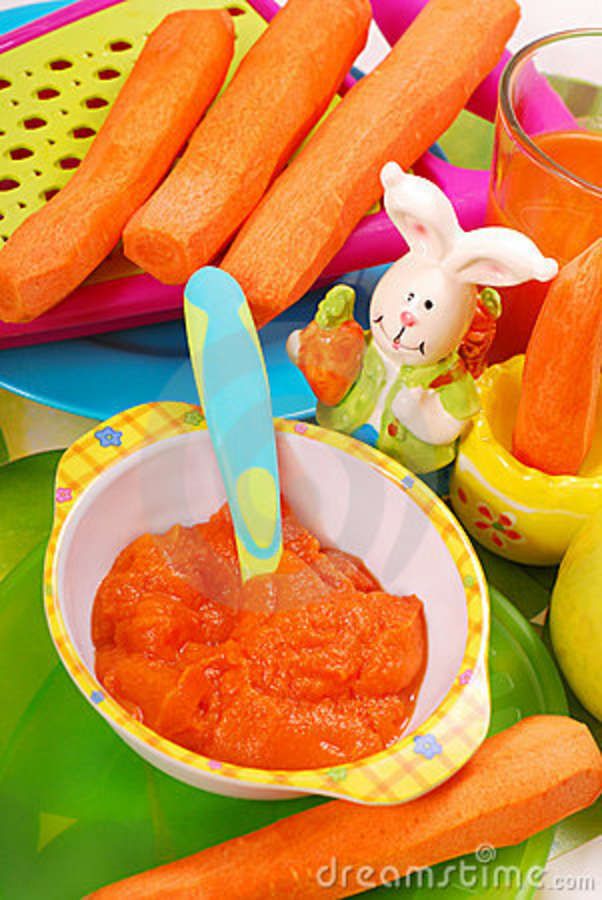
- Peal and seed it.
- Steam it.
- Blend it.
- Pour into an ice cube tray.
- Store in freezer for up to three months.
- Defrost overnight in refrigerator before serving.
NOTE: This “recipe” is adapted from this baby food puree instructional on the US Vitamix site.
Useful tips for Let’s Talk Baby Food Purees
Here’s a summary of tips for making baby food purees from the convo above:
- Embrace the cost savings. They’re significant.
- Steam, first. Use the “sweat” in the blend to maximize nutrients.
- Use ice trays to freeze the baby food overnight.
- Pop cubes into a plastic bag and label.
- Pluck food from freezer for next day the night before.
- Don’t worry about exposing baby to every food on the planet.
- Enjoy the precious moments. It flies by.
10 Healthy Ways to Use Vitamix – Drink-Drink
There are blenders and there are Vitamix blenders. When it comes to chopping, chopping, chopping and of course blending, the Vitamix brand is well known for its powerful versatility.
While you may pay a little more for the Vitamix than you would for a typical tabletop blender, many people find its versatile kitchen capabilities worth the money.
You've probably heard that Vitamix can do more than just make smoothies, but you may not know where to start. Want to put this workhorse appliance to good use? Here are some creative ways to prepare healthy meals, side dishes and snacks with Vitamix.
Top 10 Blenders of 2021
Fails
Gone are the days of chickpeas being mashed by hand for hummus. Speed up time from start to finish with these heart-healthy snacks by letting Vitamix do the work you would do with a fork or crush.
Try blending the unique roasted lentil hummus with red peppers in a blender for a super easy recipe.
Another spread that can cook much faster in Vitamix is pesto! (In fact, the word pesto comes from the Italian pestar , which means to pound or crush.) Try this nut-free green leafy pesto as a starting point.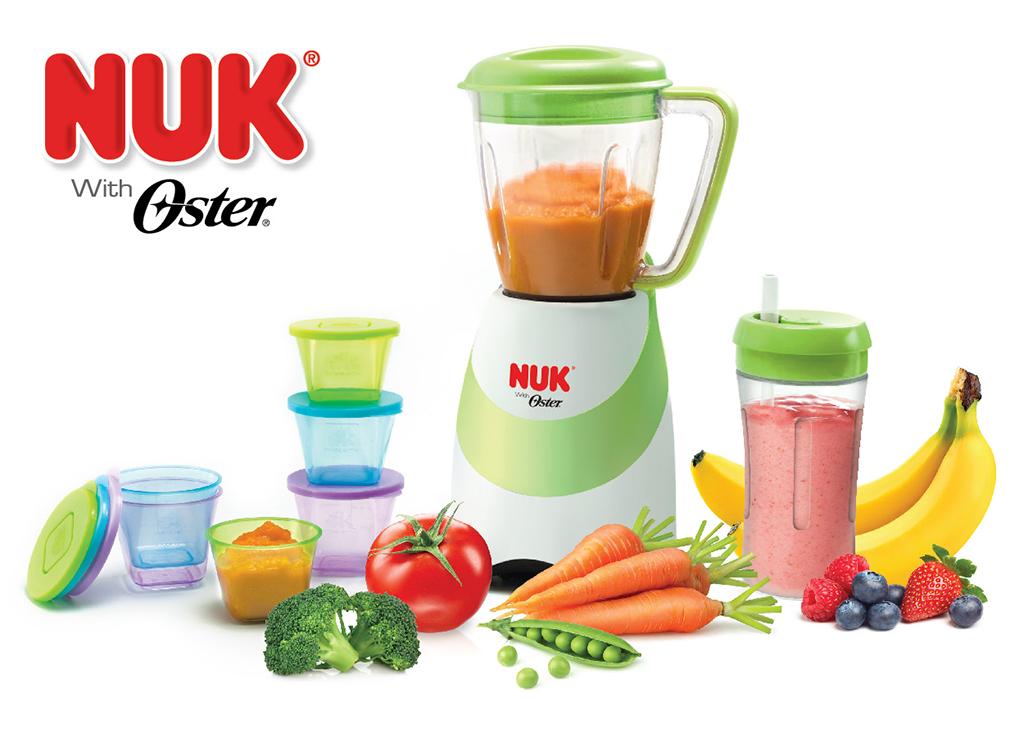
Pancakes and waffles in a blender
Have you experienced the magical world of pancakes and waffles in a blender? Once you've done that, you may never want to go back to mixing batter by hand in a bowl.
These easy breakfast recipes call for tossing all ingredients into a blender, blending until smooth and pouring directly into a skillet or waffle iron.
The beauty here is that even harder ingredients such as oats or flaxseeds are mixed into the mixture to produce a smooth, fluffy finished product. Don't miss our simple yet hearty Greek yogurt pancakes.
Soups
When you think about what you need to make a pot of hot soup, a blender probably doesn't come to mind. But given enough time, the friction of the Vitamix's high-speed paddles can actually heat soup ingredients to a pleasantly warm temperature.
Just note that your Vitamix doesn't have to cook all the ingredients - it's usually better to pre-steam, roast or sauté vegetables and other solid foods ahead of time.
To reheat a pureed mixture of vegetables, herbs and broth, such as creamy broccoli and ginger soup? - Mix over high heat in a Vitamix mixer for about 10 minutes or until the soup begins to boil.
Cold soups are of course another option with this appliance. Any chilled ingredients you want to purée are great to use in the Vitamix.
Smoothies, smoothie bowls and protein shakes
Smoothies are probably the most obvious thing you can make with the Vitamix. Mixing fruits and vegetables with a mix of other ingredients like yogurt, juice and nut butter is a quick and easy way to add fiber and nutrients to your diet. Plus, smoothies transport well, making them a convenient on-the-go snack.
Do you have some extra time for dinner at the table? Make a smoothie with toppings like muesli, sunflower seeds, or sliced bananas.
For an easy meal replacement or a hearty post-workout snack, consider using Vitamix to make high protein shakes. (Unsurprisingly, our roundup of the best blenders for these shakes features more than one type of Vitamix.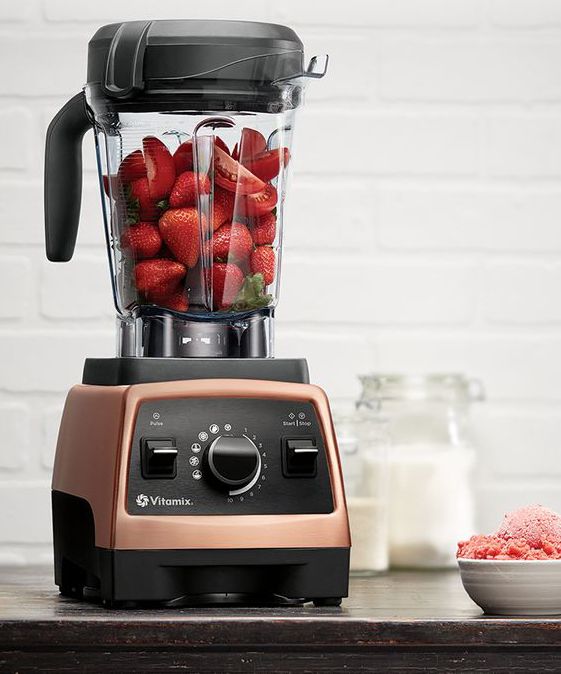 ) Make your perfect shake with healthy proteins like whey powder, pea protein, or brown rice protein.
) Make your perfect shake with healthy proteins like whey powder, pea protein, or brown rice protein.
Purees and sauces
Purees and sauces are among the products that are best suited for blenders, and especially for Vitamix. For a healthy snack, try homemade applesauce. Many of the recipes in the Vitamix don't even call for the apples to be cooked first.
Or, when you have extra fresh tomatoes, make a tomato pasta sauce. There are no limits on the fruits and vegetables you can turn into a meal garnish.
Salad dressings and mayonnaise
Store-bought salad dressings are often high in calories, added sugar and nasty sodium. If you'd rather make a healthier condiment with fresh ingredients, get your hands on the Vitamix.
Even dressings get a boost of energy from turning in this blender. Its high-speed blades emulsify oils and vinegars to a smooth consistency that you can't get with bowl whisking or shaking.
Once you've mastered the art of salad dressing, take it a step further by making your own mayonnaise at Vitamix.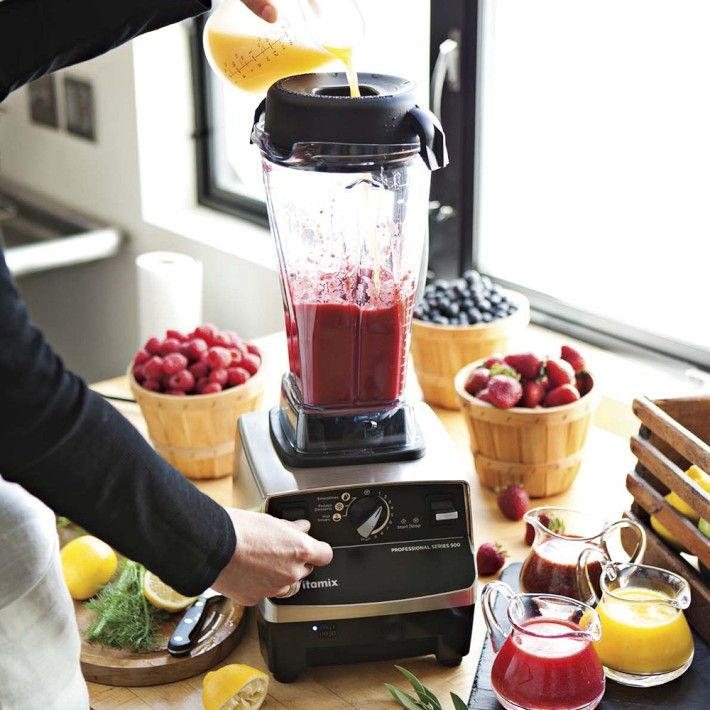 After all, mayonnaise is just a whipped mixture of egg yolks, butter, and a few other simple additions. Use heart-healthy olive oil as a base for extra nourishing sandwich spreads.
After all, mayonnaise is just a whipped mixture of egg yolks, butter, and a few other simple additions. Use heart-healthy olive oil as a base for extra nourishing sandwich spreads.
Is mayonnaise harmful?
Homemade baby food
Even your little one can enjoy the benefits of a powerful blender at home. Making your own baby food allows you to control what goes into your baby's mouth and what doesn't. The Vitamix can grind cooked fruits, vegetables and even meat to a spoon-feeding consistency.
Nutritionist's Top 12 Healthy Kitchen Gadgets
Juices and other drinks
Juice cleansing may not be a long-term solution for health or weight loss, but incorporating homemade juices into your diet can add vitamins and minerals in an easy-to-drink package .
For example, drinking cherry juice on your own can improve heart health, improve sleep, and reduce inflammation.
The key to enjoying the juice in your Vitamix is to churn it long enough to get a liquid, drinkable consistency.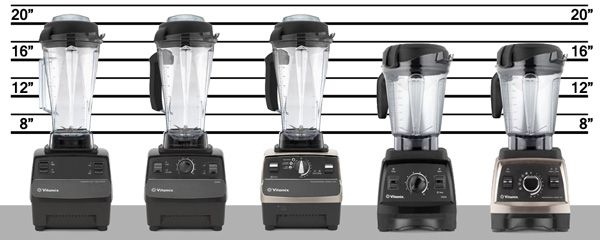 Or, if you prefer not to have vegetable peel pieces in your juice, strain the juice through a fine sieve or nut milk bag.
Or, if you prefer not to have vegetable peel pieces in your juice, strain the juice through a fine sieve or nut milk bag.
Crushing and Grinding
Sometimes the special ingredients required in recipes are not as special as they seem. Don't have oatmeal or almond flour for muffins? A powerful blender can blend oatmeal or whole almonds into flour. At the same time, ultra-fine sugar is just table sugar broken down into smaller crystals - it's a simple multi-pulse job in the Vitamix.
Crushing ice for a pitcher of antioxidant-rich iced tea or simply refreshing a glass of water is no problem with this blender.
Healthy Desserts
Finally, Vitamix plays an important role in creating healthier treats to satisfy your sweet tooth. "Pleasant" banana creams, frozen yogurts and low sugar puddings come together quickly in this quick appliance. The best part? Many recipes don't call for extra bowls, so cleanup is minimal.
How to choose a baby food blender?
For baby food, you need to prepare mashed potatoes and cereals - any blender can handle this task.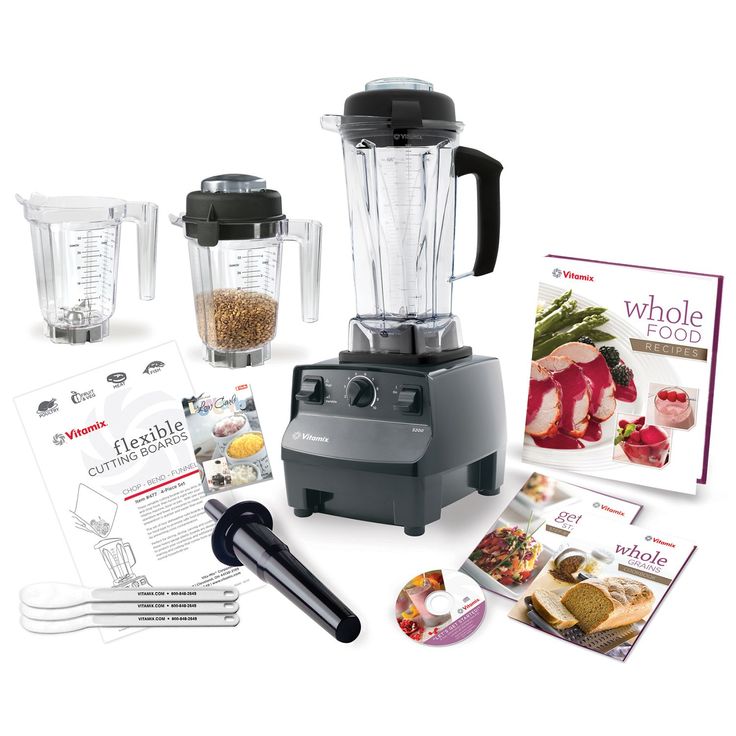 But modern models have various nuances that are not so obvious. We will tell about them below.
But modern models have various nuances that are not so obvious. We will tell about them below.
Baby food blender: things to consider
Materials are safe and durable
Blender bowls come into contact with food, so the quality of the material is in the first place, because the children's digestive system is very sensitive. There are blenders made of glass, polycarbonate and tritan. What is the difference?
Power: for cream soup or nuts
The more powerful the blender, the faster it grinds foods with complex and hard textures: nuts turn into paste and milk, fibrous herbs and wild plants into green smoothies, frozen fruits into ice cream .
To prepare puree and cream soup from thermally processed products, a stationary blender with a power of 1200 watts or more or a personal blender of 250 watts is sufficient. But if you want to turn peanuts into homemade Nutella in no time, and spinach leaves into absolutely uniform green juice, take a closer look at more powerful, semi-professional and professional models.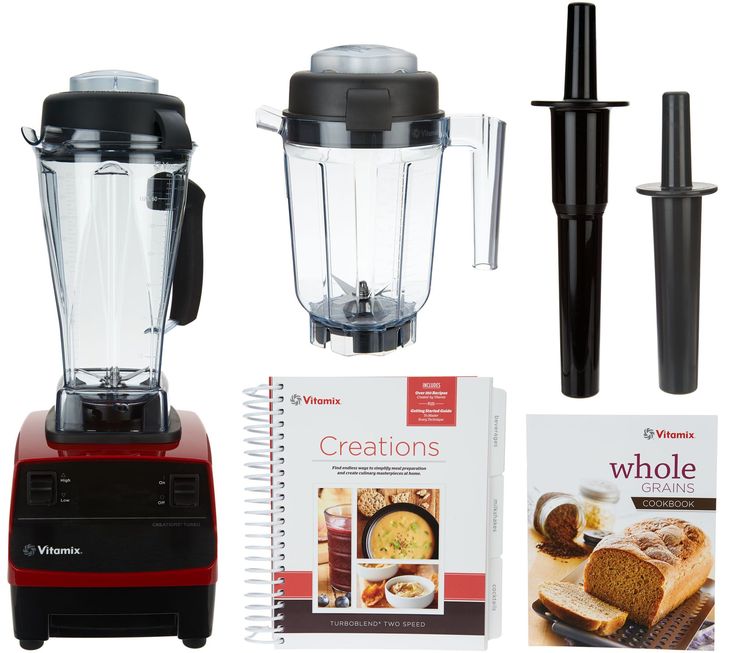
Portable: Easy to take with you
If you often travel with your child and cook outside the home, choose personal blenders. Such models are compact, they are convenient to take with you. The advantage of personal blenders in the small volume of the glass. You can cook in small portions without transferring food to another container and without losing part of the product and your time. There are also fewer dishes for washing: grind, close the glass with a lid and take it with you.
Silence of operation
Everything affects the volume of the blender: materials and construction of the body, knives, bowl and fasteners. High-quality models make less noise without losing their power. Professional blenders are not quiet, but some models come with special noise-absorbing hoods (for example, Blendtec Professional 800). Blenders with tritan bowls tend to be a little quieter: tritan does not amplify, but absorbs vibrations. Due to their compactness and low power, personal blenders make less noise than professional models.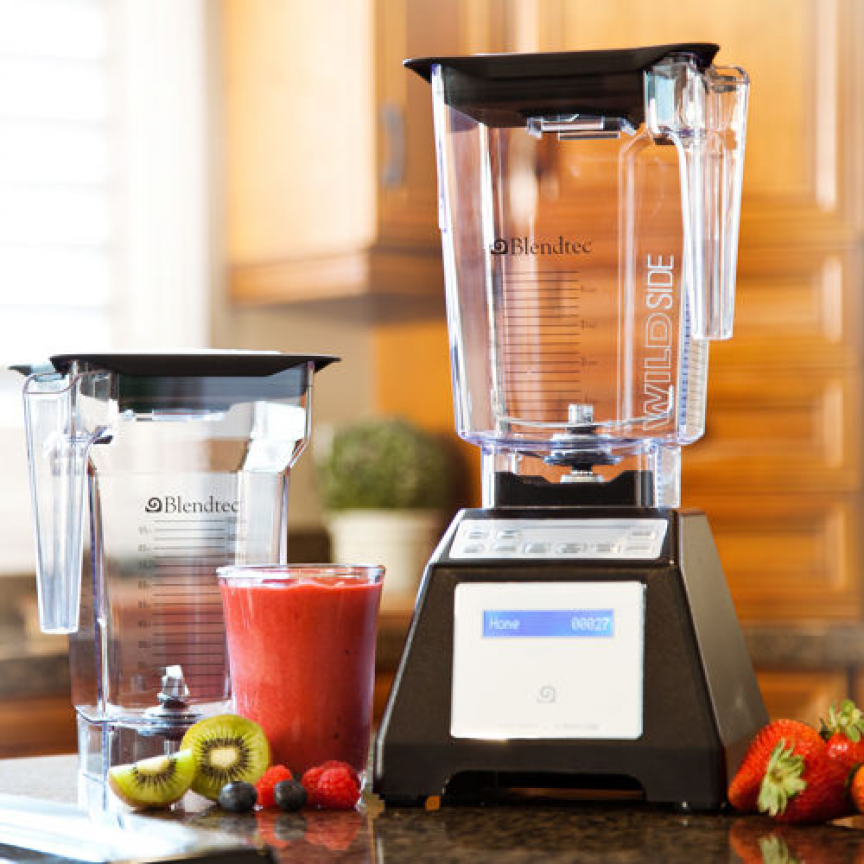
Extras
As your child gets older, you may want to treat them to other dishes: frozen berry sorbet, nut butter, vegetable milk. Yes, and it will be useful for mom to restore strength with a glass of green juice. Choose from models that are suitable for different tasks: with medium power, special modes or additional knife blocks (separately for grinding dry and wet products).
What other nuances to consider?
Models to look at
Stationary blenders have more options than personal blenders. However, in a fundamental moment, they lose: they will not be able to cook a small portion of baby food (the products must at least cover the knife blades for normal grinding).
Another aspect is mobility. For regular trips to your parents or country house, a portable personal blender is more suitable.
Personal and stationary models complement each other in the kitchen, so ideally use both. But if this is not possible, choose the type that best suits your needs and lifestyle.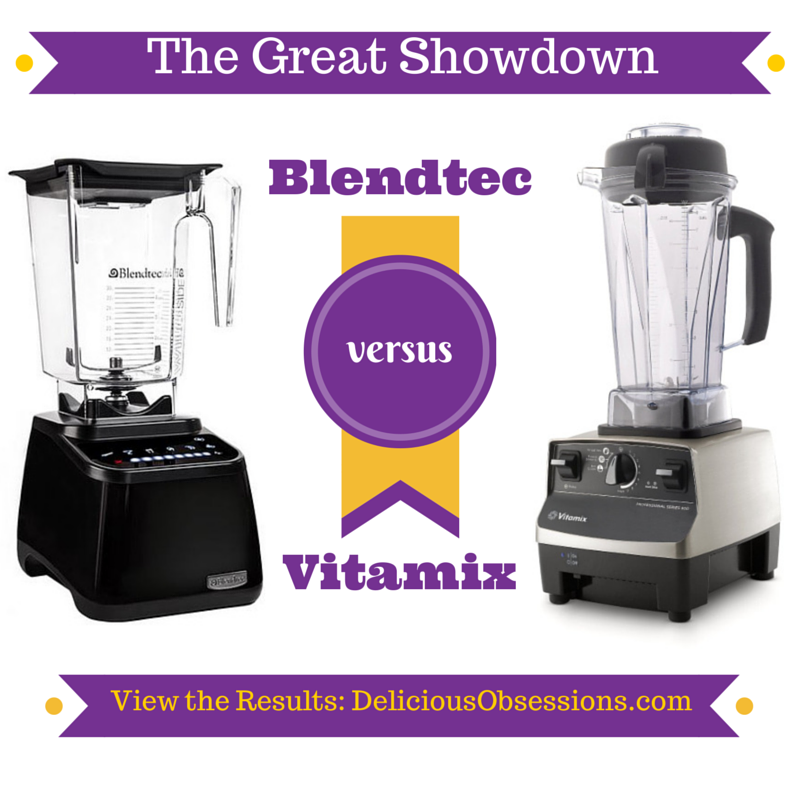
The Hurom BL-C01 blender is a novelty of this year from a Korean company that has been known on the market for more than 45 years. Portable model, which is convenient to take with you when traveling with a child. Two tritan cups of 350 and 600 ml allow you to prepare small portions of purees, soups and smoothies, as well as easy storage of the product, thanks to travel lids.
Tribest Personal Blender Glass PBG-5050 is one of the latest developments of the company, a personal, but at the same time quite powerful blender (as much as 500 watts). The model is suitable not only for purees and soups, but also for homemade sorbets, nut milks and healthy smoothies. And three glass bowls with lids of 240, 480 and 720 ml allow you to quickly chop and easily transport the right amount of baby food.
Tribest PB-350 is a versatile and compact model, a real classic that has proven itself in the market. The blender is equipped with two glasses (for whisking and chopping), as well as 120, 240 and 350 ml glass jars for easy storage (and preparation) of even the smallest portions of baby food.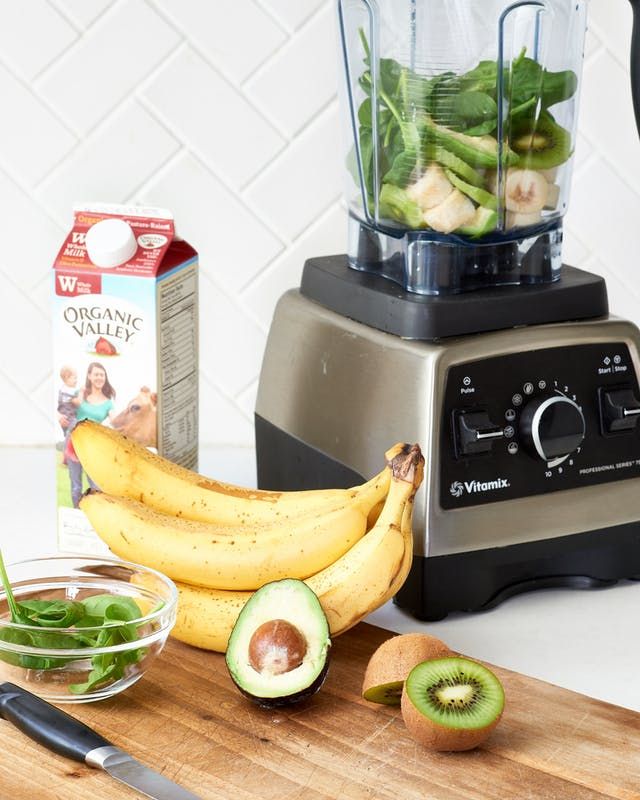 The model is equipped with automatic and manual pulse control mode, as well as two knives for comfortable grinding of liquid and dry textures.
The model is equipped with automatic and manual pulse control mode, as well as two knives for comfortable grinding of liquid and dry textures.
BlendTec Classic 575 is a classic stationary model from a well-known American manufacturer. Equipped with blunt blades made of reliable stainless steel (10 times stronger than blades from other manufacturers), which cannot be cut when disassembling and washing the blender. Sufficiently powerful (1560 watts) and durable model combines two types of control (4 modes + pulse). The blender is also equipped with a self-cleaning function for more comfortable use.
The L'equip BS5 Cube blender is a professional stationary model. This blender is great for processing hot and cold foods. You can also grind dry foods like grains, beans, and nuts into flour or a paste without adding liquid. The high-strength tritan jar and ultra-sharp titanium-coated Japanese stainless steel blades ensure reliable and fast preparation of any, even the most complex dishes.




